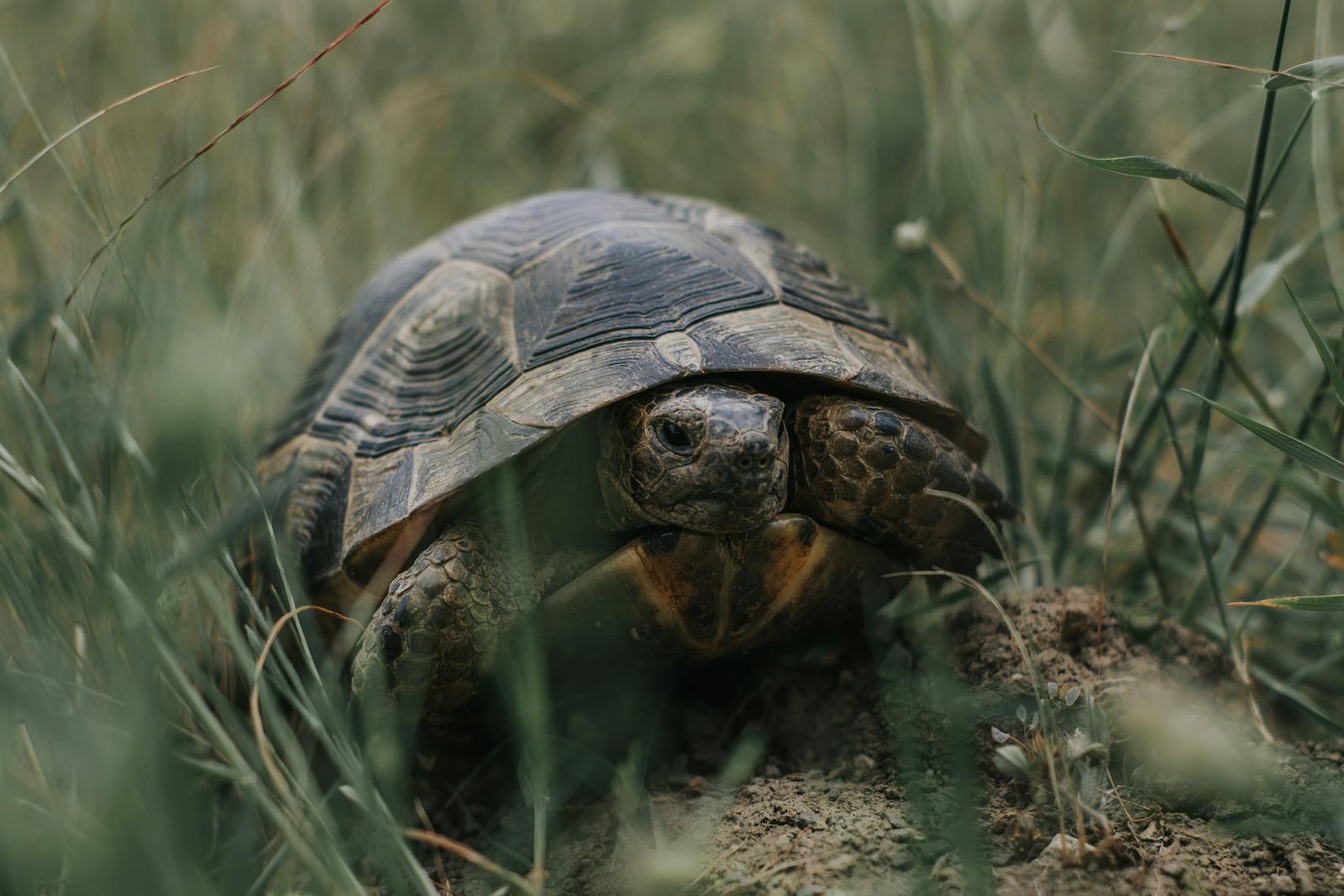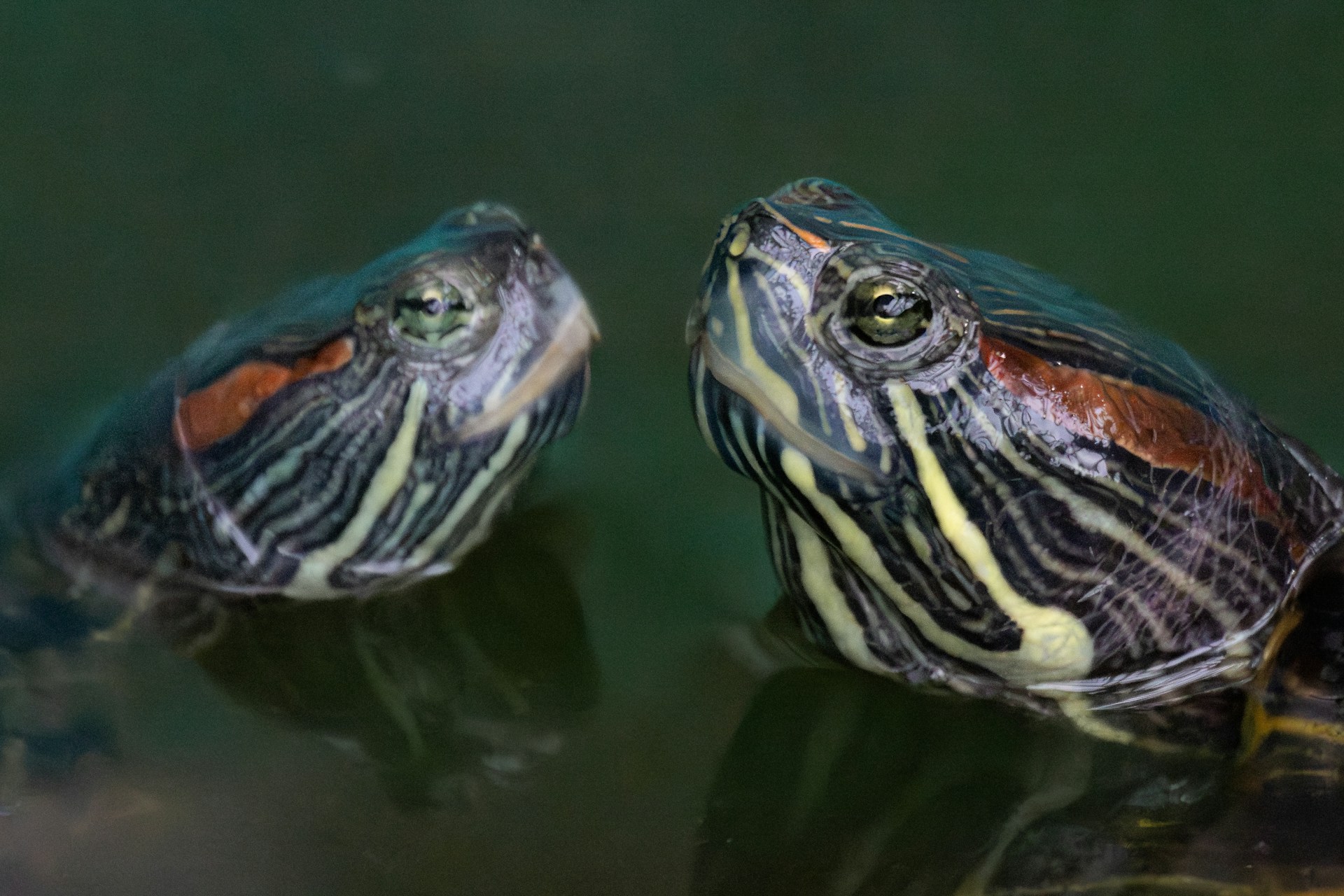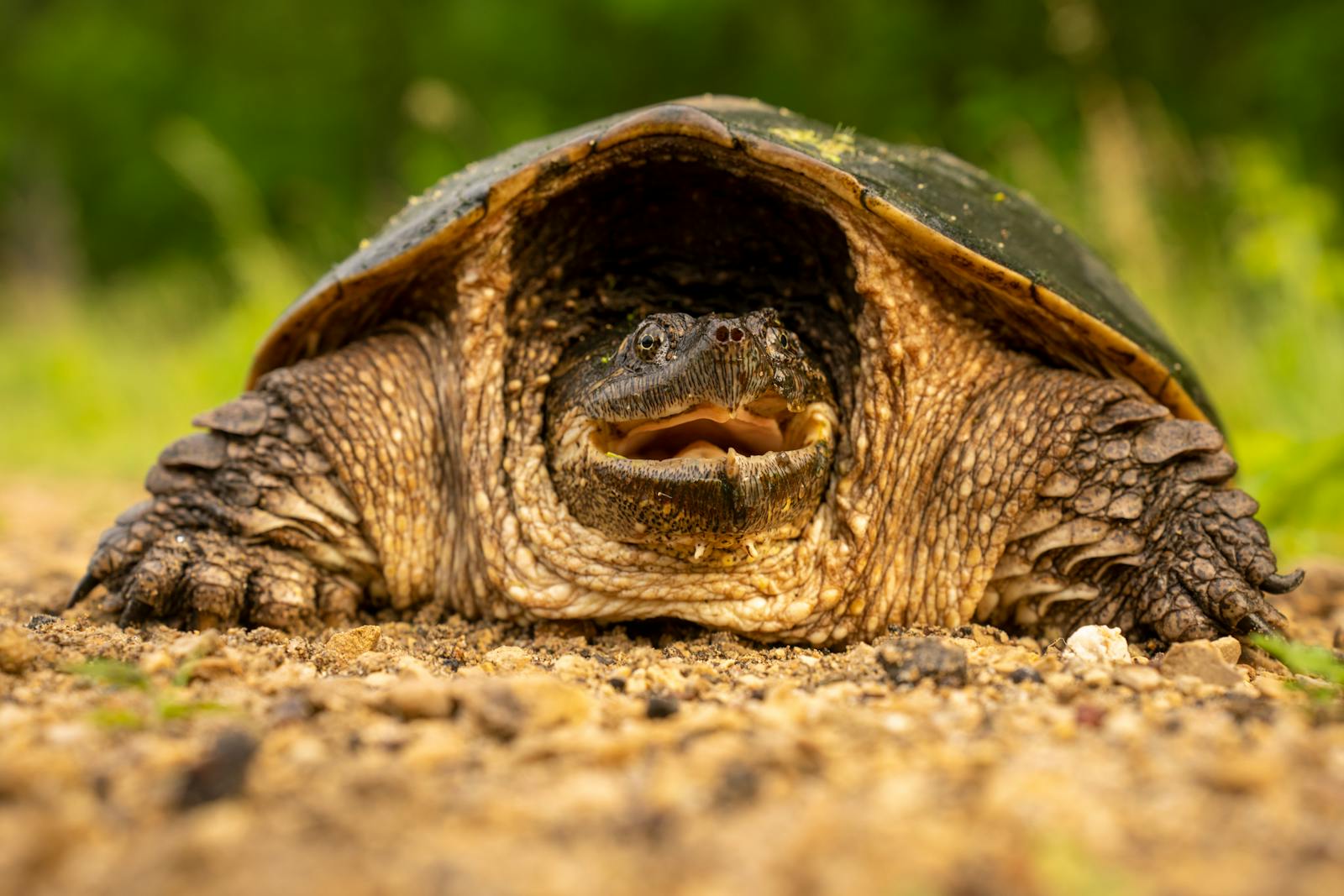In the tranquil world of tortoises, where slow and steady might win the race, these remarkable reptiles possess surprising defensive capabilities that extend far beyond their iconic shells. While their hard carapaces represent their most visible defense mechanism, tortoises have evolved powerful, muscular legs that play a crucial role in their survival strategies. From retreating into their protective homes to actively confronting threats, these ancient creatures utilize their sturdy limbs with remarkable effectiveness. This exploration of tortoise defensive behaviors reveals how these seemingly gentle giants have survived for millions of years despite their unhurried pace, with their strong legs serving as vital tools in their evolutionary success story.
The Anatomy of Tortoise Legs
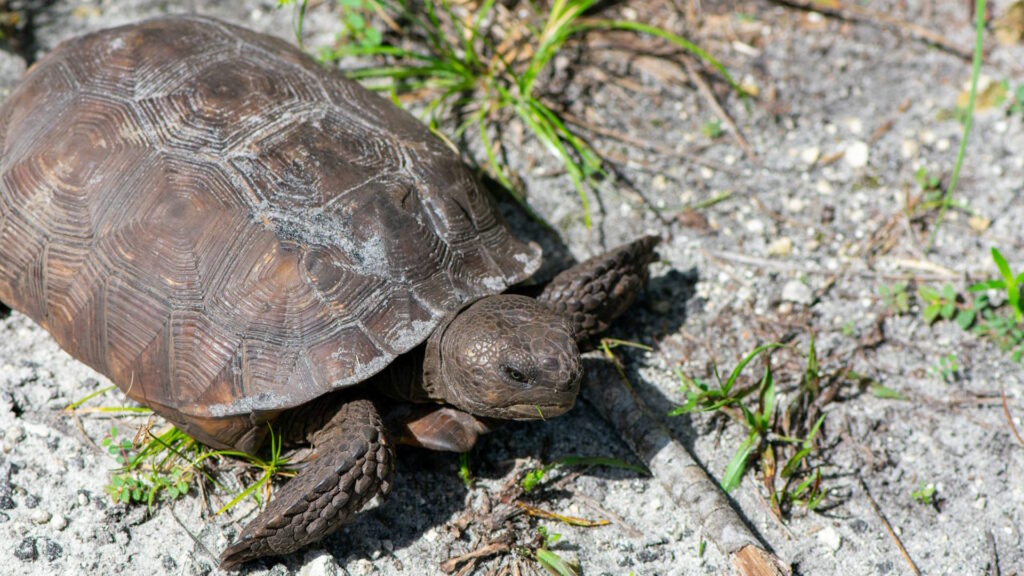
Tortoise legs are marvels of evolutionary engineering, specifically designed to support their considerable weight while providing mobility and defense. Unlike the slender limbs of many reptiles, tortoise legs feature extraordinarily dense bone structures wrapped in layers of tough, scaly skin that resists punctures and abrasions. The front legs typically appear shovel-like in many species, with flattened surfaces and scale-covered protuberances that enhance digging capability while simultaneously functioning as protective shields. This specialized anatomy allows tortoises to support bodies that can weigh hundreds of pounds in larger species, while maintaining the strength and flexibility needed for defensive maneuvers when threatened.
The Retraction Reflex
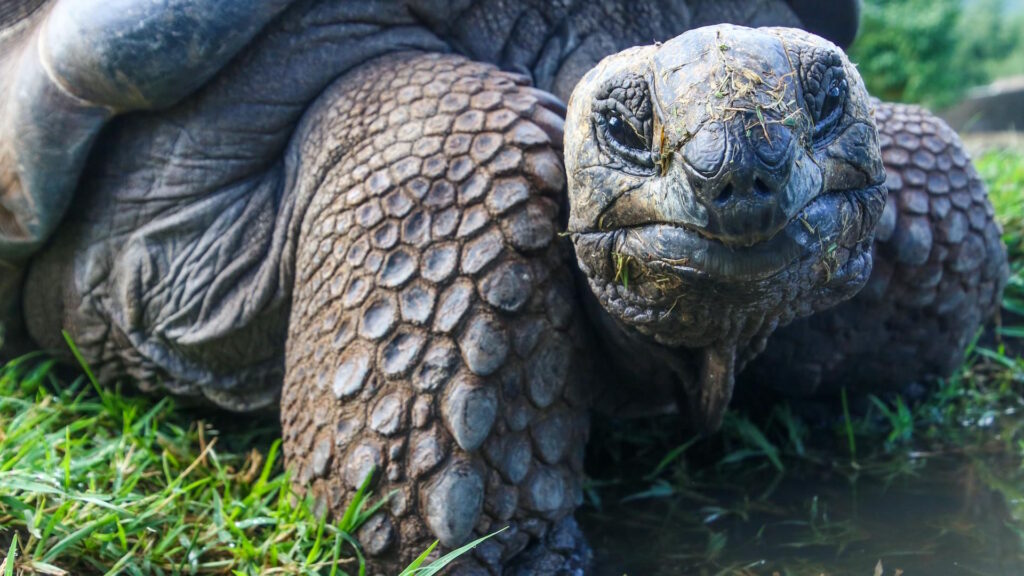
Perhaps the most well-known defensive use of tortoise legs is their ability to rapidly retract these limbs into their shells when sensing danger. This seemingly simple action involves complex muscular coordination as the tortoise pulls its legs inward while simultaneously tucking its head inside the protective carapace. Specialized shoulder and hip joints allow for this remarkable flexibility, creating a nearly impenetrable fortress against most predators. The retraction happens with surprising speed—often much faster than the tortoise’s normal walking pace—demonstrating how these creatures can move quickly when survival depends on it. Once fully retracted, the tough, scaly skin of the legs effectively seals the openings of the shell, protecting the softer tissues from harm.
Defensive Positioning Against Predators

When confronting potential threats, tortoises utilize their strong legs to achieve optimal defensive positioning. Many species will orient themselves with their rear facing the threat, allowing them to use their most powerful hind legs to push against the ground and create a stable platform that’s difficult to flip over. This strategic positioning also presents the thickest part of their shell to predators, maximizing protection of vital organs. Desert-dwelling species often back themselves against rocks or into crevices, using their powerful legs to wedge their bodies securely into positions that expose minimal vulnerable surface area. This deliberate positioning demonstrates tortoise intelligence in maximizing their physical defenses against specific threats.
Active Defense: Kicking and Blocking
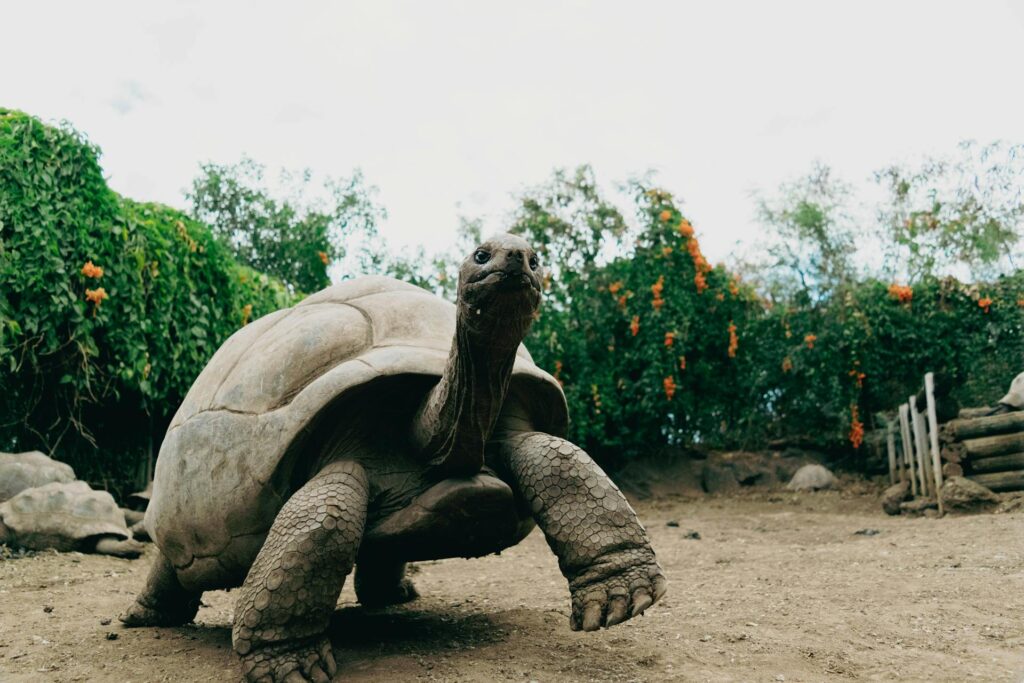
Contrary to their passive reputation, tortoises can utilize their legs for active defense when necessary. When cornered or threatened, many species will extend their heavily armored front legs forward, creating a physical barrier that prevents predators from reaching their head and neck. These powerful limbs can deliver surprisingly forceful kicks that may startle or deter smaller predators, with the tough scales on their legs providing protection during these confrontations. Larger tortoise species can generate enough force with their kicks to cause significant discomfort to medium-sized predators, potentially creating an opportunity for escape. This active defensive strategy complements their more passive shell protection, giving tortoises multiple options when facing threats.
Leveraging Weight and Strength

The substantial muscle mass in tortoise legs provides remarkable strength relative to their body size, allowing these reptiles to leverage their weight defensively. When threatened, many tortoise species will firmly plant their legs against the ground, creating a low center of gravity that makes them extraordinarily difficult to move or flip over. This strategy is particularly effective for larger species like the Galapagos or Aldabra tortoises, whose substantial weight becomes a defensive asset when properly anchored by their powerful legs. The muscular power in their legs enables tortoises to resist being moved even by predators significantly larger than themselves, often exhausting would-be attackers who cannot access the tortoise’s vulnerable underside. This combination of weight and strength transforms the tortoise from prey to an immovable object that many predators eventually abandon.
Digging as Defense
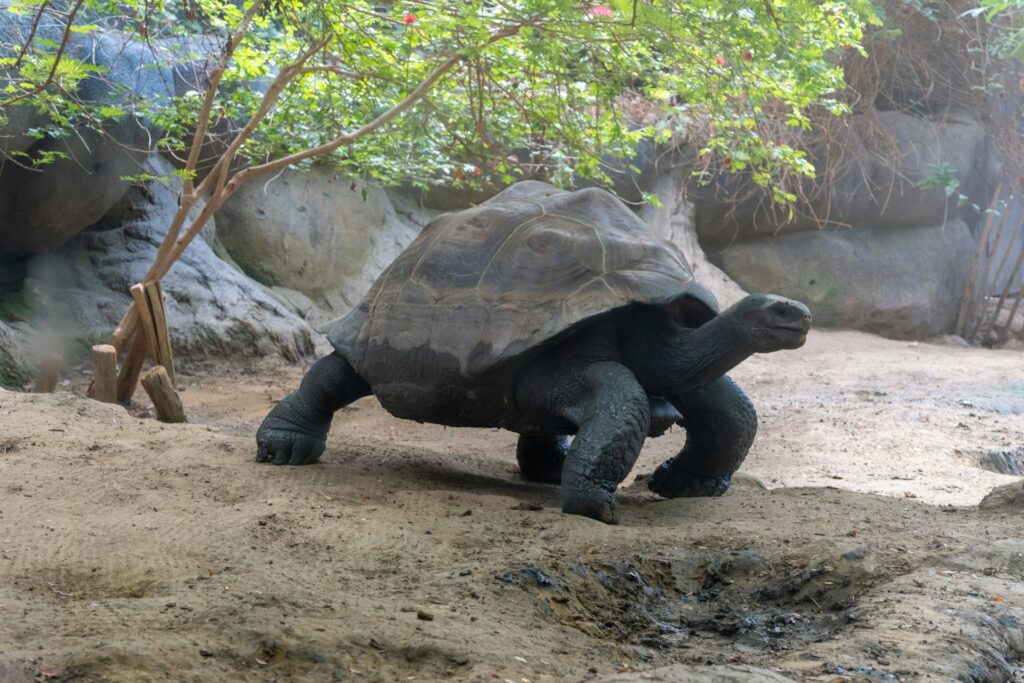
Many tortoise species employ their strong, claw-tipped legs as digging implements for creating protective burrows that serve as refuges from both predators and environmental extremes. Desert tortoises can excavate elaborate tunnel systems that extend several feet underground, providing sanctuary from coyotes, birds of prey, and other threats. The muscular power in their front legs allows them to move substantial amounts of soil, creating burrows that maintain stable temperatures while offering protection from predators that cannot follow them underground. These excavations require tremendous strength and endurance, highlighting how tortoise leg power serves multiple survival functions beyond immediate defensive reactions. For many species, these self-created sanctuaries represent their primary defense against both acute threats and chronic environmental challenges.
Specialized Scales and Armor
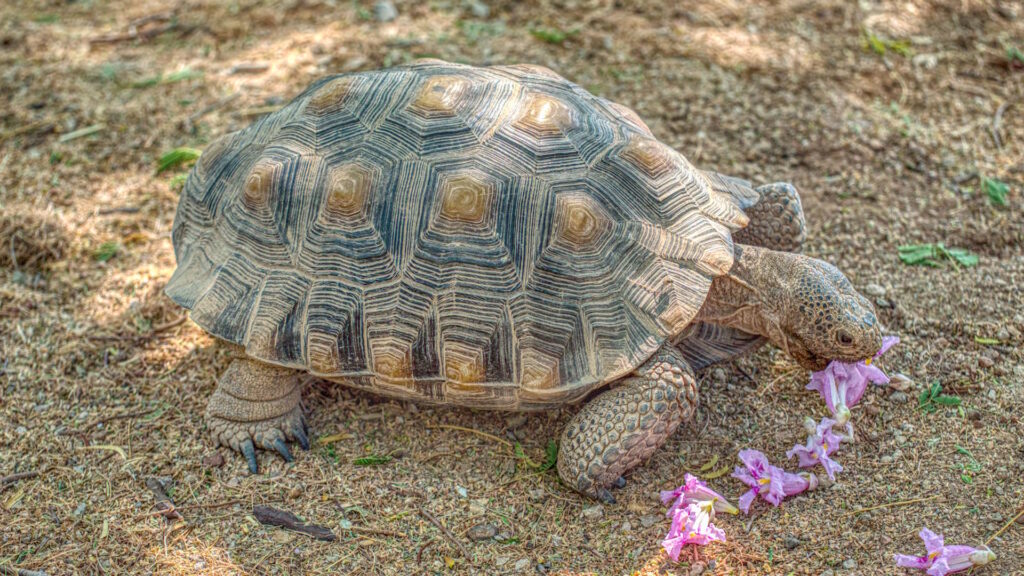
The legs of tortoises feature specialized scales and natural armor that enhance their defensive capabilities beyond mere strength. These overlapping scales create a mail-like protective layer that resists punctures and tears from predator attacks, forming a crucial secondary line of defense when the shell cannot provide complete protection. In many species, these scales develop into larger, sometimes pointed protuberances that can actively discourage predator manipulation or biting. Desert-dwelling tortoises often develop particularly thick, abrasion-resistant scales that protect against both predators and the harsh, rocky terrain they navigate. This specialized leg covering allows tortoises to expose these appendages when necessary for locomotion or defense without significantly increasing their vulnerability.
Defensive Posturing and Communication
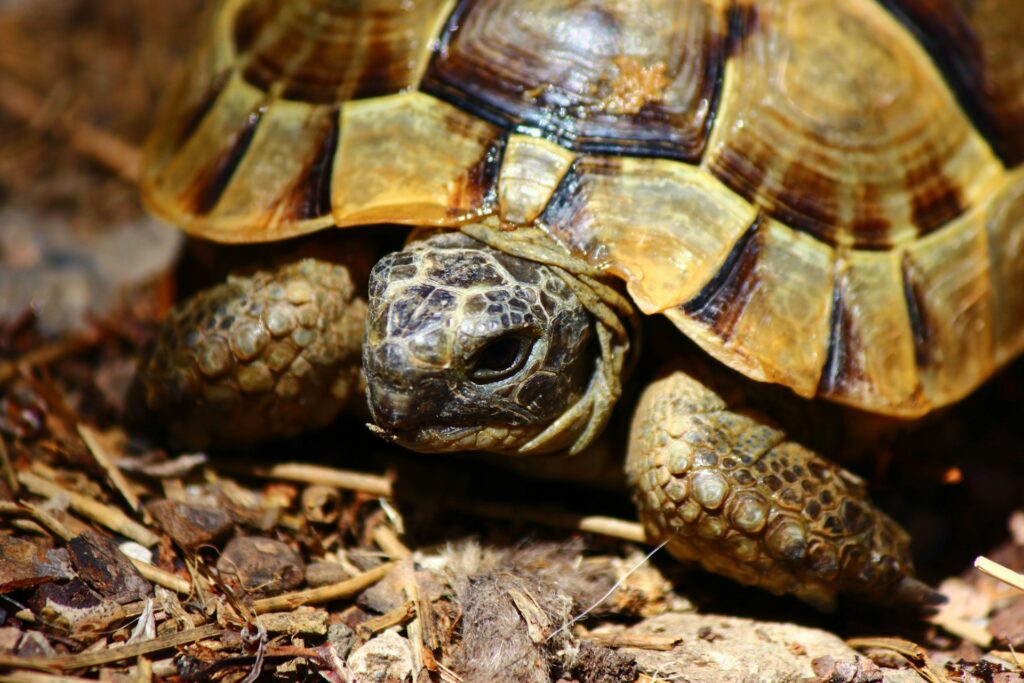
Tortoises use their legs for sophisticated defensive posturing that communicates their protective capabilities to potential threats. When confronted, many species will extend their legs outward while raising their shells slightly, appearing larger and more formidable to predators. This posture signals the tortoise’s defensive readiness while showcasing the armored nature of their limbs, potentially deterring predators before physical contact occurs. Some species complement this display with hissing sounds or subtle head movements, creating a multi-sensory defensive display anchored by their powerful limb positioning. These communication strategies represent a first line of defense that may prevent the need for more energy-intensive defensive measures, conserving valuable resources in environments where tortoises must carefully manage their energy expenditure.
Species-Specific Defensive Adaptations

Different tortoise species have evolved distinct leg-based defensive adaptations suited to their specific environments and predator threats. Desert tortoises possess exceptionally thick, column-like legs with pronounced scales that resist punctures from coyotes and other desert predators. Conversely, forest-dwelling species often have more flexible, maneuverable limbs that facilitate rapid withdrawal into their shells when threatened by nimble forest predators. Aquatic and semi-aquatic species like the red-footed tortoise have developed webbing between their toes that improves swimming capabilities, offering them aquatic escape routes from terrestrial threats. These specialized adaptations demonstrate how tortoise leg structure has evolved to address specific defensive challenges across diverse habitats, contributing to the remarkable success of these reptiles across six continents.
Defense Against Environmental Threats
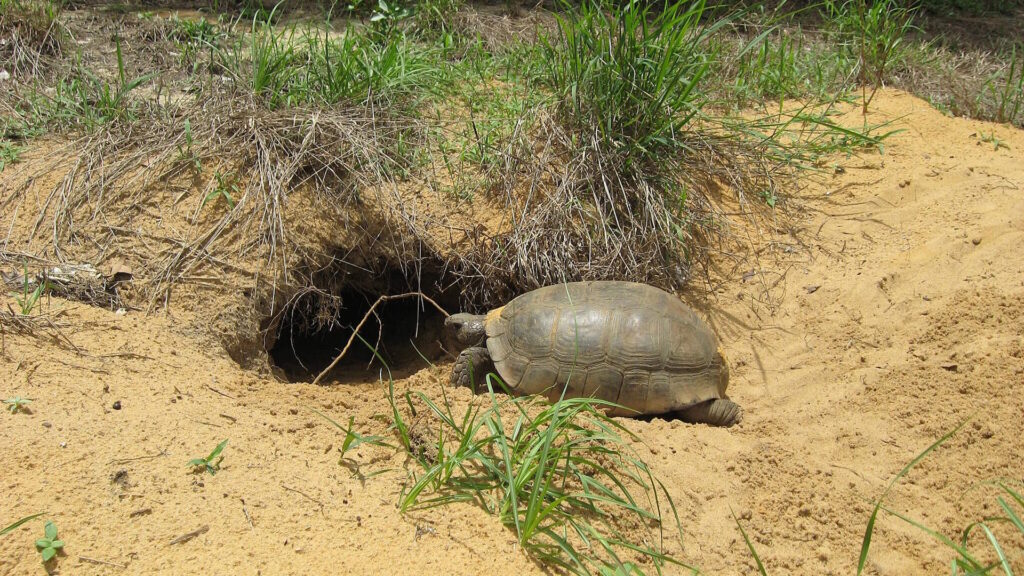
Tortoise legs provide crucial defense against environmental challenges beyond predators, demonstrating their multifunctional protective role. During extreme temperature events, tortoises use their powerful legs to excavate into cooler soil or push through dense vegetation to reach more moderate microclimates. In flooding situations, many species can use their strong legs to climb to higher ground or anchor themselves against flowing water that might otherwise sweep them away. During wildfires, burrowing tortoises utilize their muscular limbs to quickly dig protective refuges below the burning surface, creating life-saving sanctuaries. This environmental defense capability highlights how tortoise legs contribute to their remarkable resilience in the face of both acute and chronic environmental challenges, extending their defensive repertoire beyond mere predator avoidance.
Tortoise Legs in Male Competition

Male tortoises employ their powerful legs in competitive interactions that, while not predator defense, represent important intraspecies defensive behaviors. During mating season, male tortoises engage in pushing contests where they use their strong front legs to attempt to flip rivals or force them into submission. These contests require tremendous leg strength and stability, with the participants using specialized ramming techniques that showcase the full power of their limb musculature. The same leg strength that defends against predators serves to protect reproductive rights and territory from competing males, highlighting the dual utility of this physical adaptation. These competitive behaviors have driven sexual dimorphism in many species, with males developing particularly robust front legs that serve both competitive and defensive functions.
Recovery and Righting Reflex

Perhaps one of the most critical defensive functions of tortoise legs is their ability to right themselves if flipped onto their backs—a potentially fatal position in the wild. When overturned, tortoises use their strong neck muscles to position their head and front legs against the ground, creating leverage points. The powerful muscles in their legs then execute a coordinated pushing motion that can gradually rock the tortoise until it gains enough momentum to flip back onto its plastron. This righting reflex requires extraordinary strength, coordination, and persistence, with some tortoises taking hours to complete the maneuver on difficult terrain. The success of this recovery mechanism depends entirely on leg strength and represents one of the most important survival adaptations in the tortoise’s defensive repertoire.
Conservation Implications of Defensive Capabilities

Understanding how tortoises use their legs defensively carries important implications for conservation efforts worldwide. Habitat alterations that restrict burrowing capabilities or create barriers to movement can significantly compromise the defensive strategies that have kept these reptiles safe for millions of years. Human-introduced predators often employ hunting techniques that tortoises have no evolutionary defense against, potentially overwhelming their traditional protective mechanisms. Conservation programs increasingly incorporate knowledge of tortoise defensive behaviors when designing protected areas, ensuring these ancient reptiles have appropriate substrate for burrowing and sufficient space for escape behaviors. By recognizing the sophisticated ways tortoises use their legs for protection, conservation efforts can better preserve the conditions these remarkable creatures need to maintain their defensive capabilities in an increasingly challenging world.
Conclusion
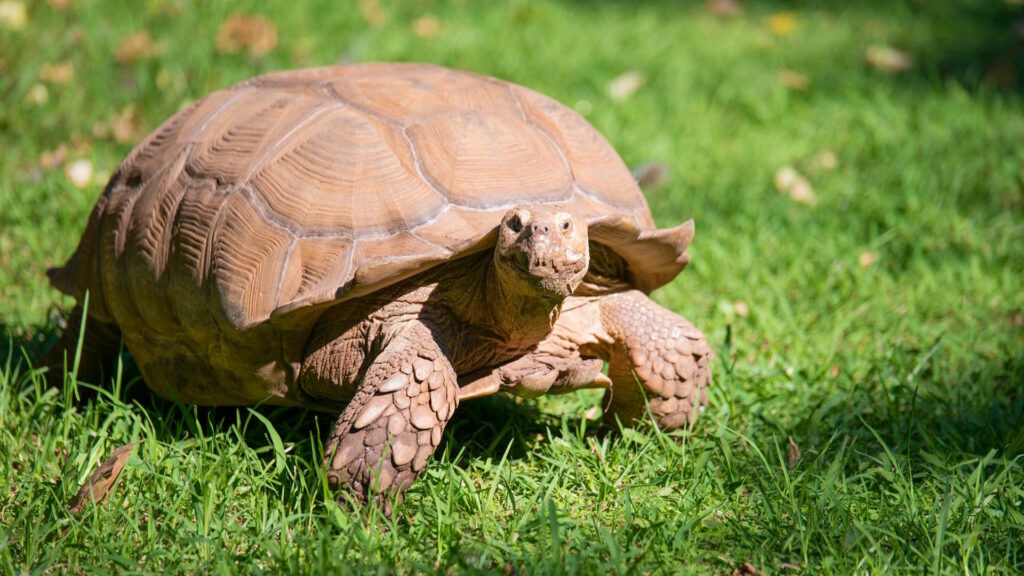
The powerful legs of tortoises represent a sophisticated defense system that extends far beyond mere locomotion. These remarkable appendages—with their specialized scales, tremendous strength, and versatile functionality—have enabled tortoises to survive in diverse environments for over 200 million years. From the passive protection of shell retraction to the active defense of kicking and digging, tortoise legs demonstrate how evolution has crafted multifunctional adaptations that serve numerous survival needs simultaneously. As we better understand these complex defensive mechanisms, we gain deeper appreciation for the resilience and adaptability of these ancient reptiles. Their success story, written largely through the effective use of their powerful legs, continues to unfold across landscapes worldwide, reminding us that sometimes the strongest defense comes from the steadiest foundation.


